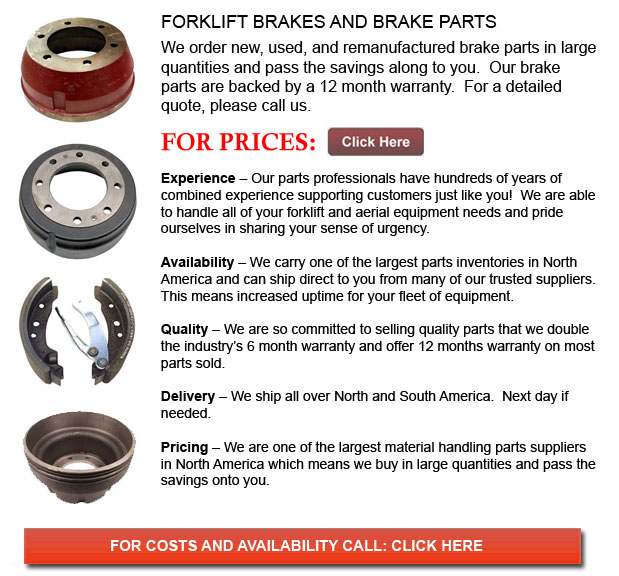
Brake for Forklift - A brake in which the friction is provided by a set of brake pads or brake shoes that press against a rotating drum unit referred to as a brake drum. There are several particular differences among brake drum kinds. A "brake drum" is commonly the explanation given when shoes press on the inner exterior of the drum. A "clasp brake" is the term used so as to describe when shoes press against the exterior of the drum. One more kind of brake, known as a "band brake" uses a flexible band or belt to wrap all-around the exterior of the drum. If the drum is pinched in between two shoes, it could be known as a "pinch brake drum." Similar to a standard disc brake, these types of brakes are somewhat uncommon.
Before 1955, old brake drums needed consistent adjustment periodically so as to compensate for drum and shoe wear. Long brake pedal or "Low pedal" travel is the dangerous outcome if modifications are not done sufficiently. The motor vehicle can become hazardous and the brakes could become ineffective if low pedal is combined together with brake fade.
There are different Self Adjusting Brake Systems accessible, and they can be categorized within two major types, RAI and RAD. RAI systems have in-built tools that avoid the systems to recover when the brake is overheating. The most recognized RAI manufacturers are Bendix, Lucas, Bosch and AP. The most famous RAD systems comprise Ford recovery systems, Volkswagen, VAG, AP and Bendix.
Self repositioning brakes generally utilize a mechanism that engages just when the vehicle is being stopped from reverse motion. This stopping method is acceptable for use where all wheels utilize brake drums. Most vehicles these days use disc brakes on the front wheels. By operating only in reverse it is less possible that the brakes would be applied while hot and the brake drums are expanded. If adapted while hot, "dragging brakes" could take place, which raises fuel expenditure and accelerates wear. A ratchet device which becomes engaged as the hand brake is set is one more way the self adjusting brakes can function. This means is only suitable in applications where rear brake drums are utilized. Whenever the parking or emergency brake actuator lever goes beyond a particular amount of travel, the ratchet advances an adjuster screw and the brake shoes move toward the drum.
There is a manual adjustment knob situated at the base of the drum. It is generally adjusted via a hole on the opposite side of the wheel and this involves getting under the forklift using a flathead screwdriver. It is of utmost significance to move the click wheel correctly and tweak every wheel evenly. If unequal adjustment takes place, the vehicle may pull to one side during heavy braking. The most effective way in order to guarantee this tedious task is done safely is to either raise each wheel off the ground and hand spin it while measuring how much force it takes and feeling if the shoes are dragging, or give each one the exact amount of manual clicks and then do a road test.
![]() Click to Download the pdf
Click to Download the pdf
Forklift Parts
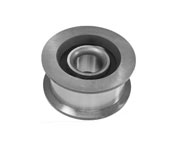
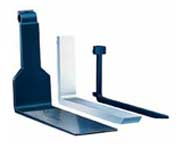
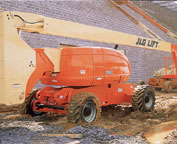
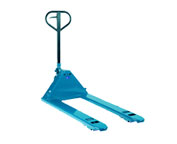
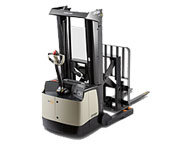
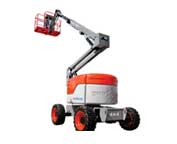
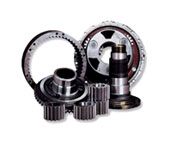
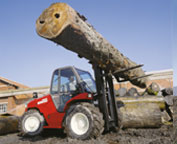
Lift Parts Express
TOLL FREE: 1-888-695-7994
LOCAL: 480-619-5764
625 West Southern Avenue Suite E- 200
Mesa, Arizona
forkliftpartsmesa.com
Email Us
About Us


